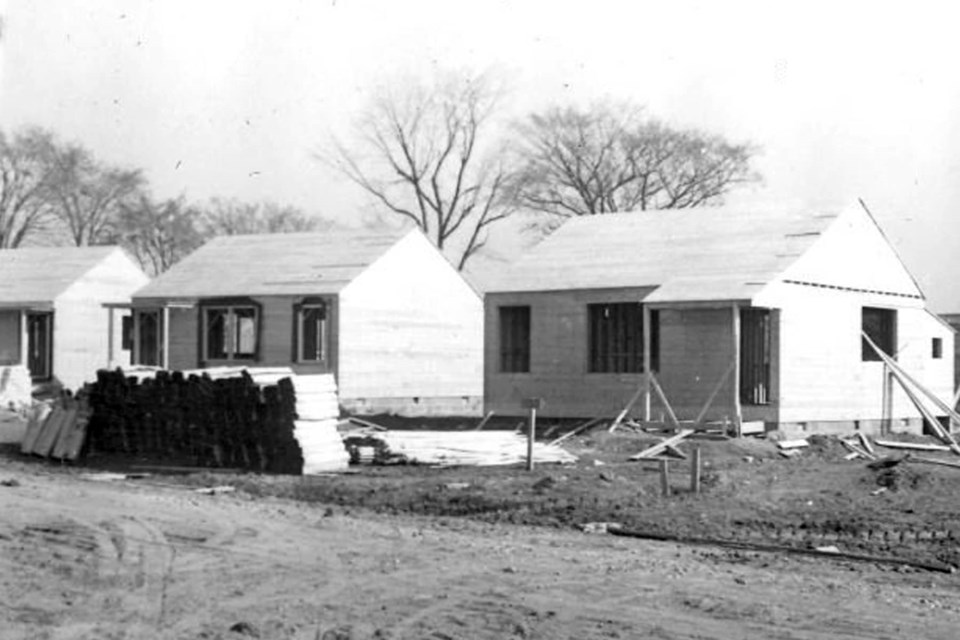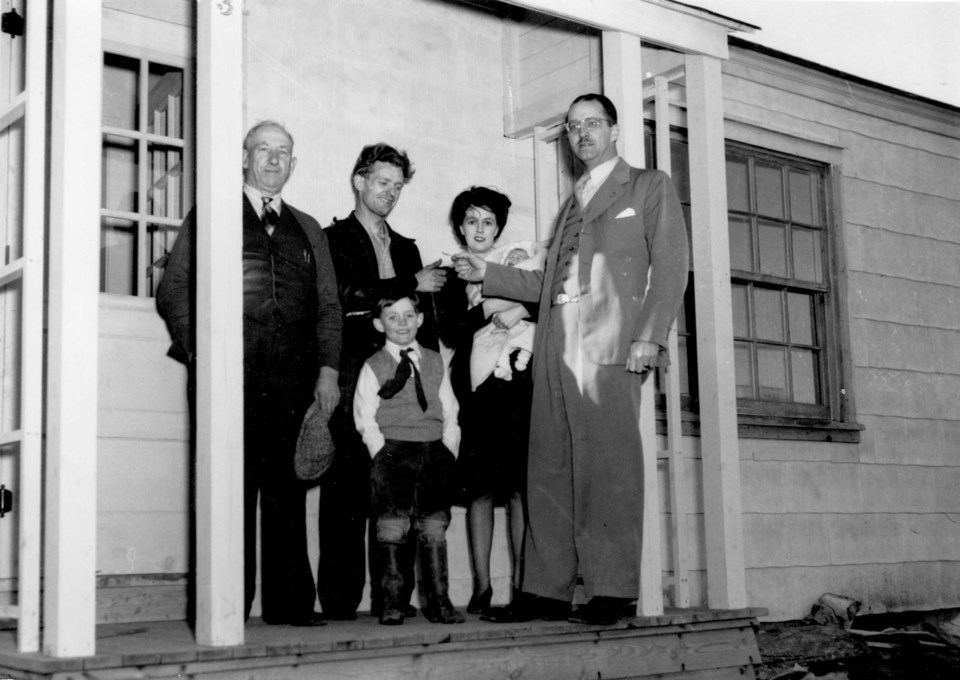The demand for housing has always been a top priority in Halton Hills, and there are four local streets that offer a unique history of houses built in a time of need to help accommodate veterans and their families.
Following the end of the Second World War in 1945, the men and women who served were returning home to the communities of Acton and Georgetown with plans of starting families of their own. It soon became apparent that more affordable, yet practical housing was necessary to accommodate the population boom.
For instance, a 1947 survey in Acton was taken to determine how many Victory Houses - as they came to be known - should be built. It revealed there were 360 men and women living in town who had served in the armed forces, the majority of whom were in need of housing. A similar situation was the case in Georgetown, which saw the immediate planning of construction for houses in both communities.
The four streets to have Victory Houses built were McDonald and Mason boulevards in Acton, and Normandy Boulevard and Churchill Crescent in Georgetown. These houses were specifically built for veterans and could only be purchased by them, with a price tag of $4,500, or about $69,334 in 2023 currency.

Built from prefabricated components, such as walls and roofs, the construction of these homes reflected the mass production of the war effort. In all, under the direction of the Canada Wartime Housing Corporation, over 30,000 of these one-storey clapboard houses were built in communities across the country.
The Victory Houses were designed to be comfortable and large enough for a single family and typically had an eat-in kitchen, living room, one bathroom, two bedrooms downstairs and room to expand upstairs into the attic if required.
Most often, these homes were built on large lots, to allow for gardens, on winding streets and cul-de-sacs. Their unique and recognizable designs have become “classics” in the Canadian urban landscape and marked the first time the federal government undertook residential development.
The earliest of these houses to be built locally was in 1947 on Georgetown’s Normandy Boulevard, soon followed by the remaining streets in Acton and Georgetown in 1948. As a result of the shared experiences of the veterans, tight-knit communities developed on all four streets, with residents feeling part of one huge, extended family.
Thanks to this sense of community, life-long connections were made and a reunion was held in Acton, in 1993, to mark the subdivision’s 45th anniversary, which saw over 500 people in attendance. A similar reunion was held in Georgetown with great interest.
In 1999, the Town of Halton Hills added poppies to the street signs of the Victory Housing neighbourhoods as a way to honour its veterans and fallen soldiers year-round and not just on Remembrance Day. Additionally, the poppy street signs give passersby a marker to differentiate these unique neighbourhoods from other nearby housing developments.
While it has now been over 75 years since the Victory House neighbourhoods of Halton Hills were constructed, they continue to serve as a historical reminder of the local veterans who once served in the Second World War and the housing that was built for them as a thank you for their service to our country.
Article written by Scott Brooks, with information from Dills Collection / Lest We Forget - Acton Legion History Book / Heritage Halton Hills / EHS / HHPL.



